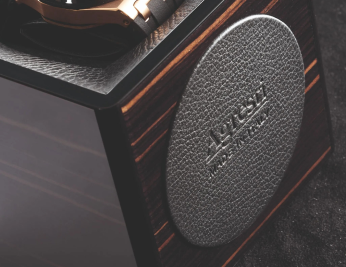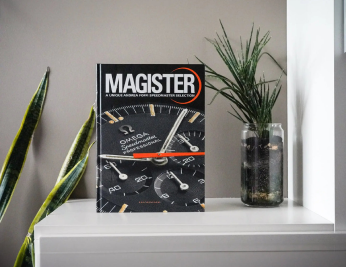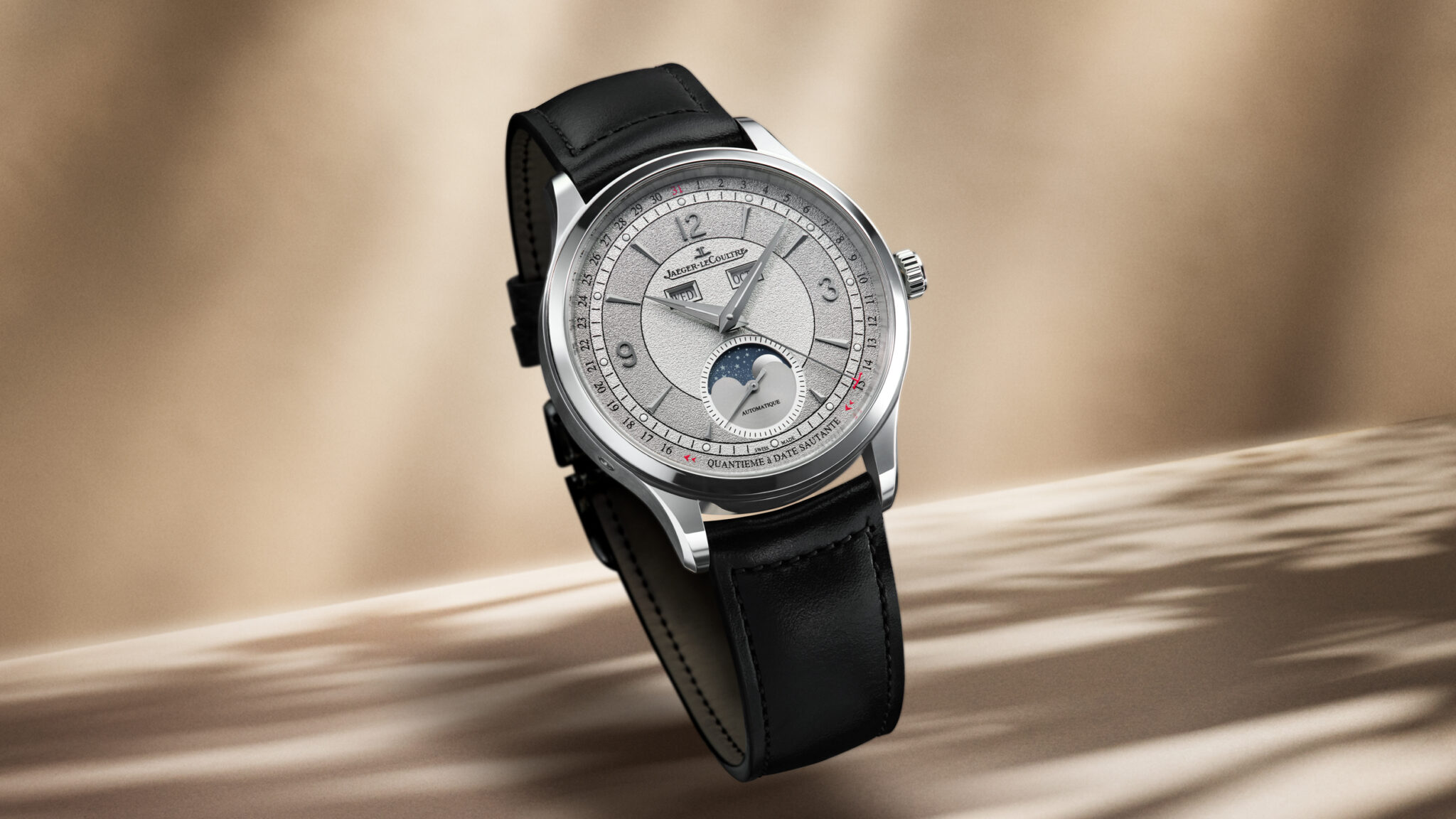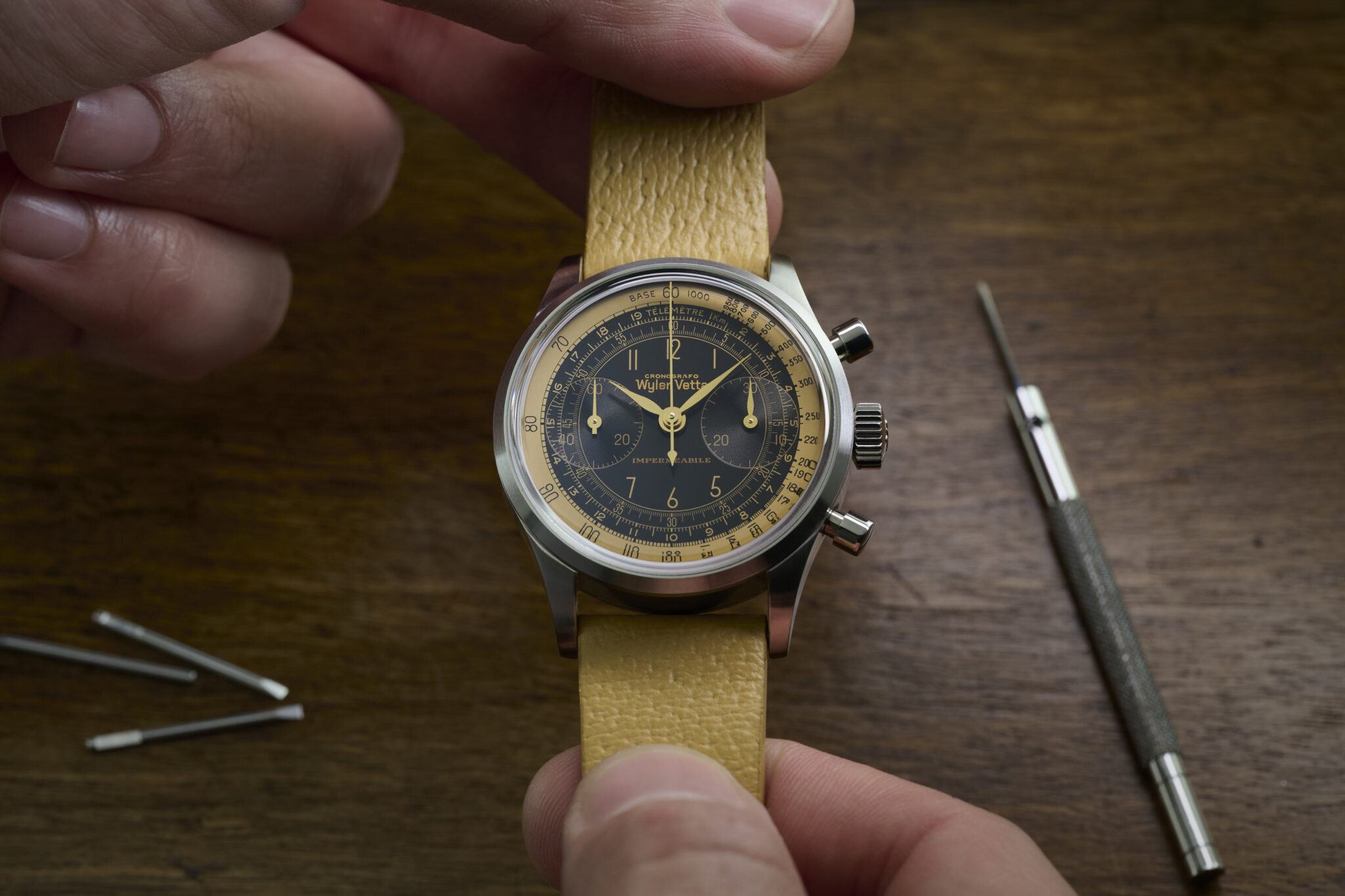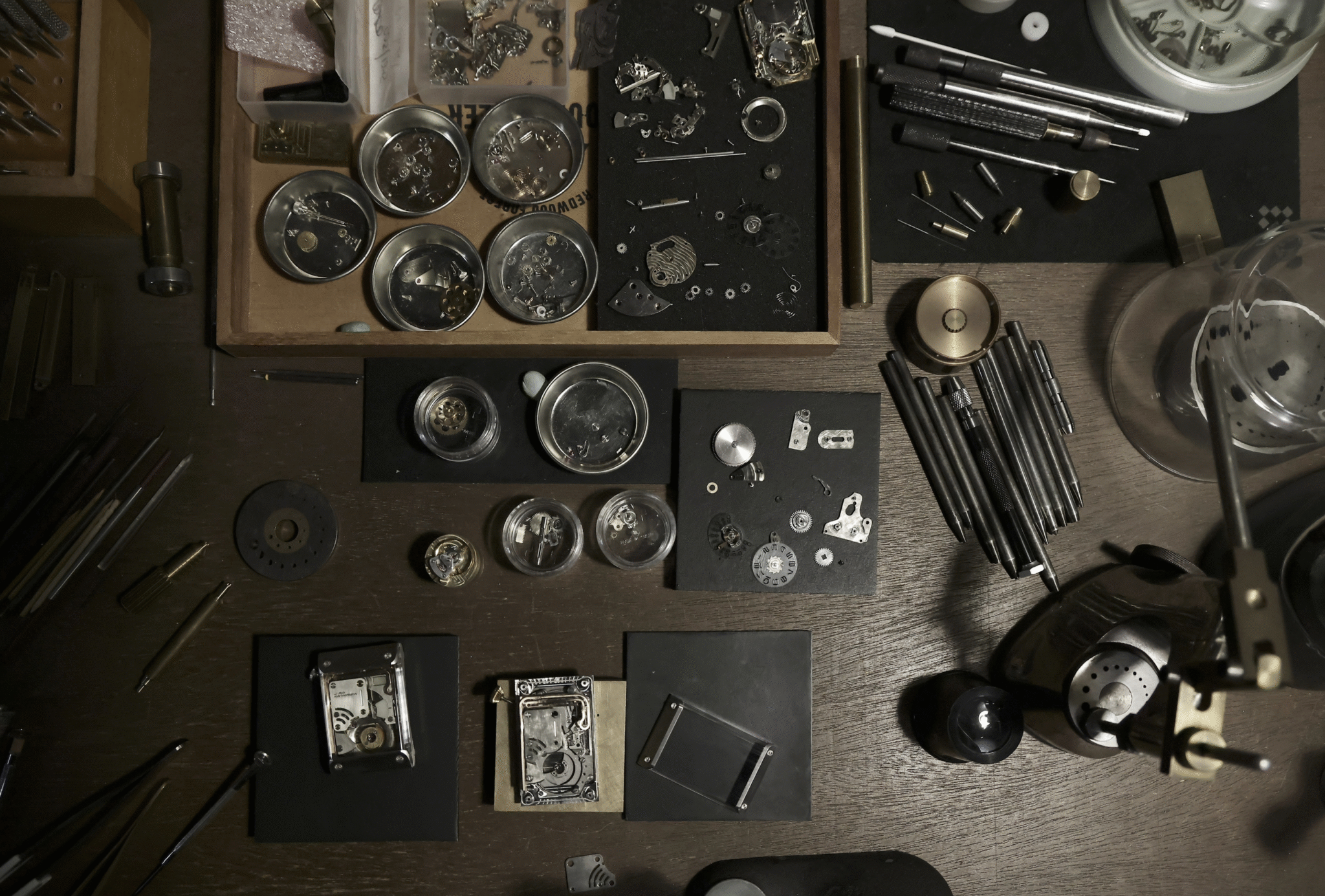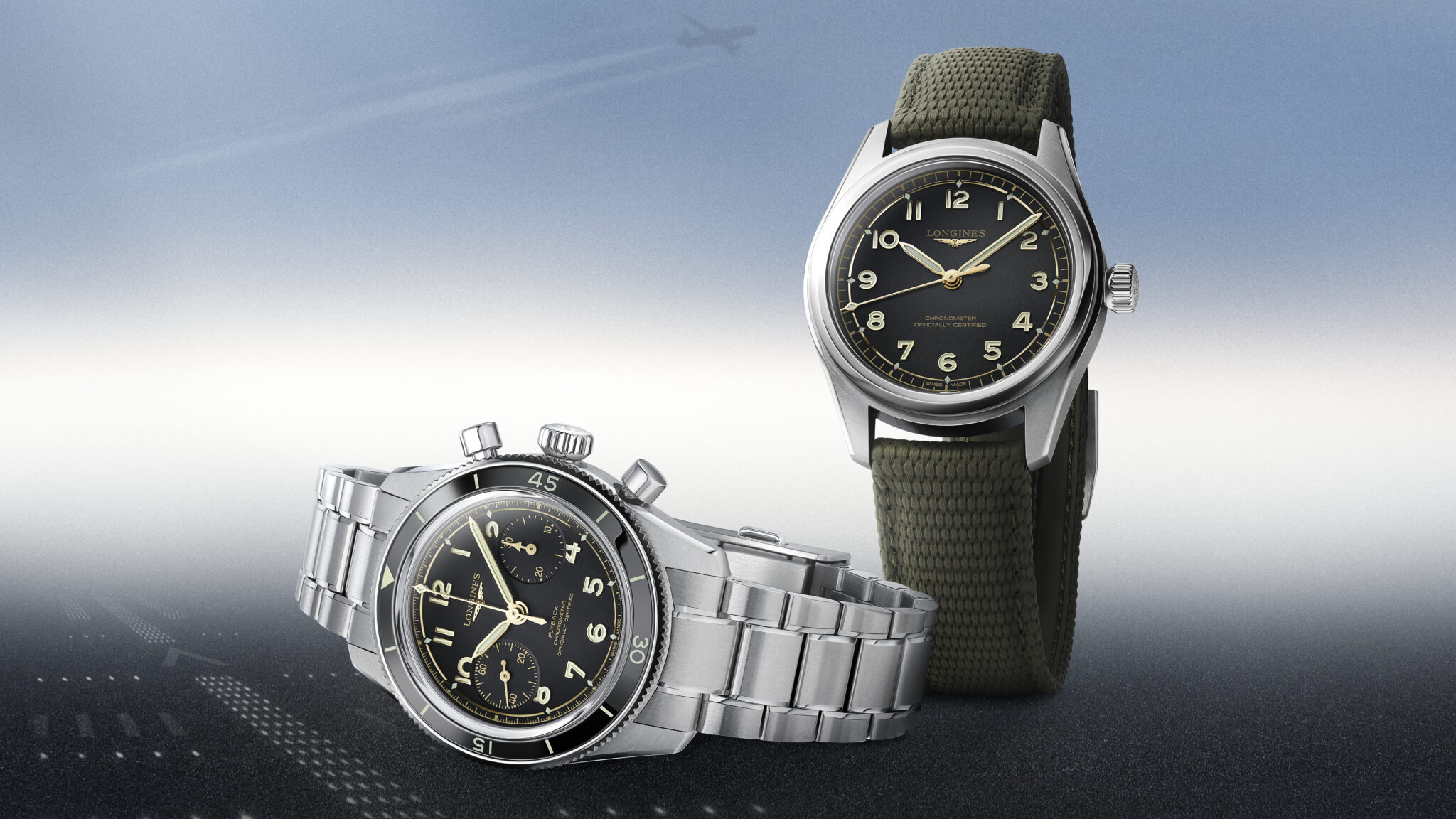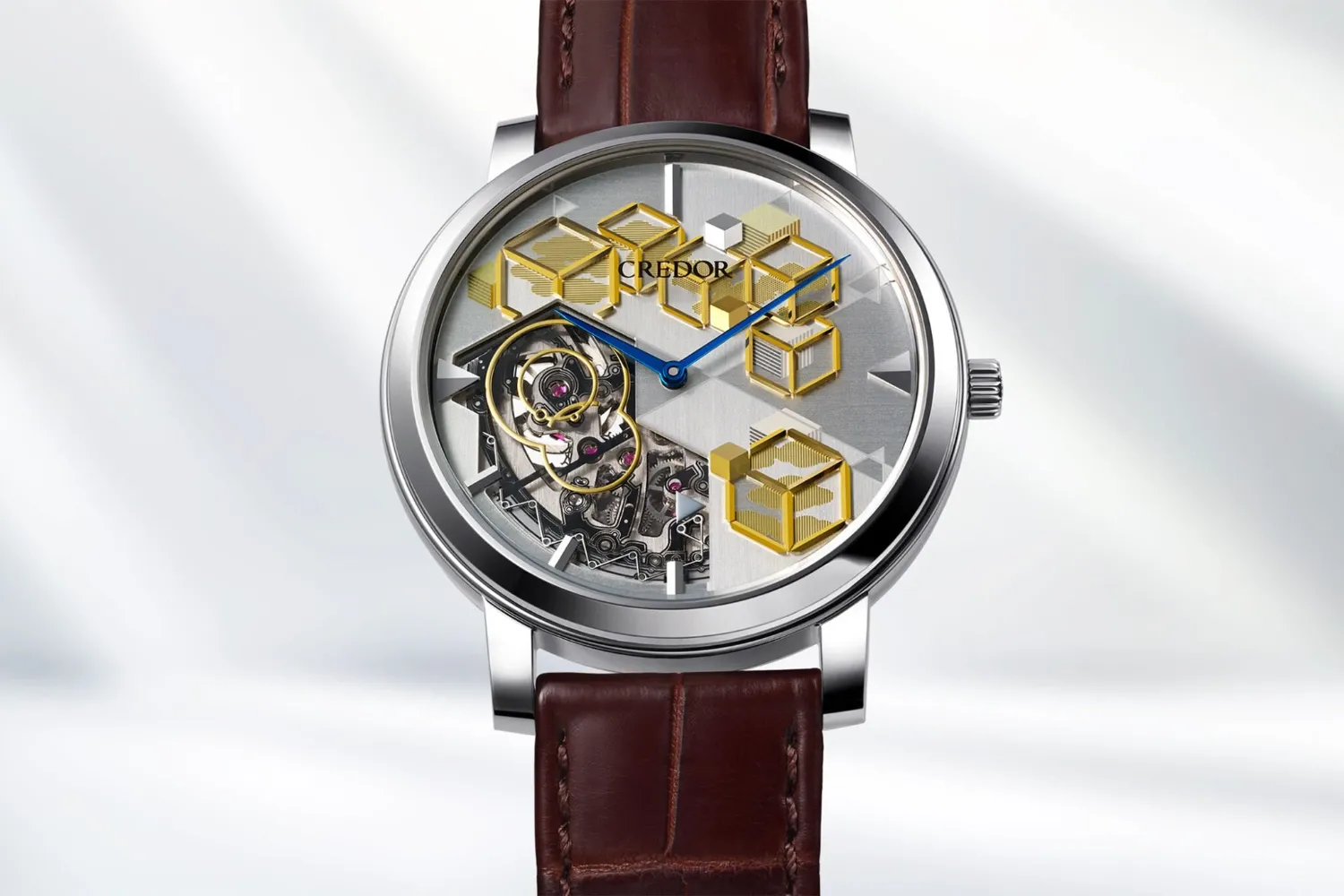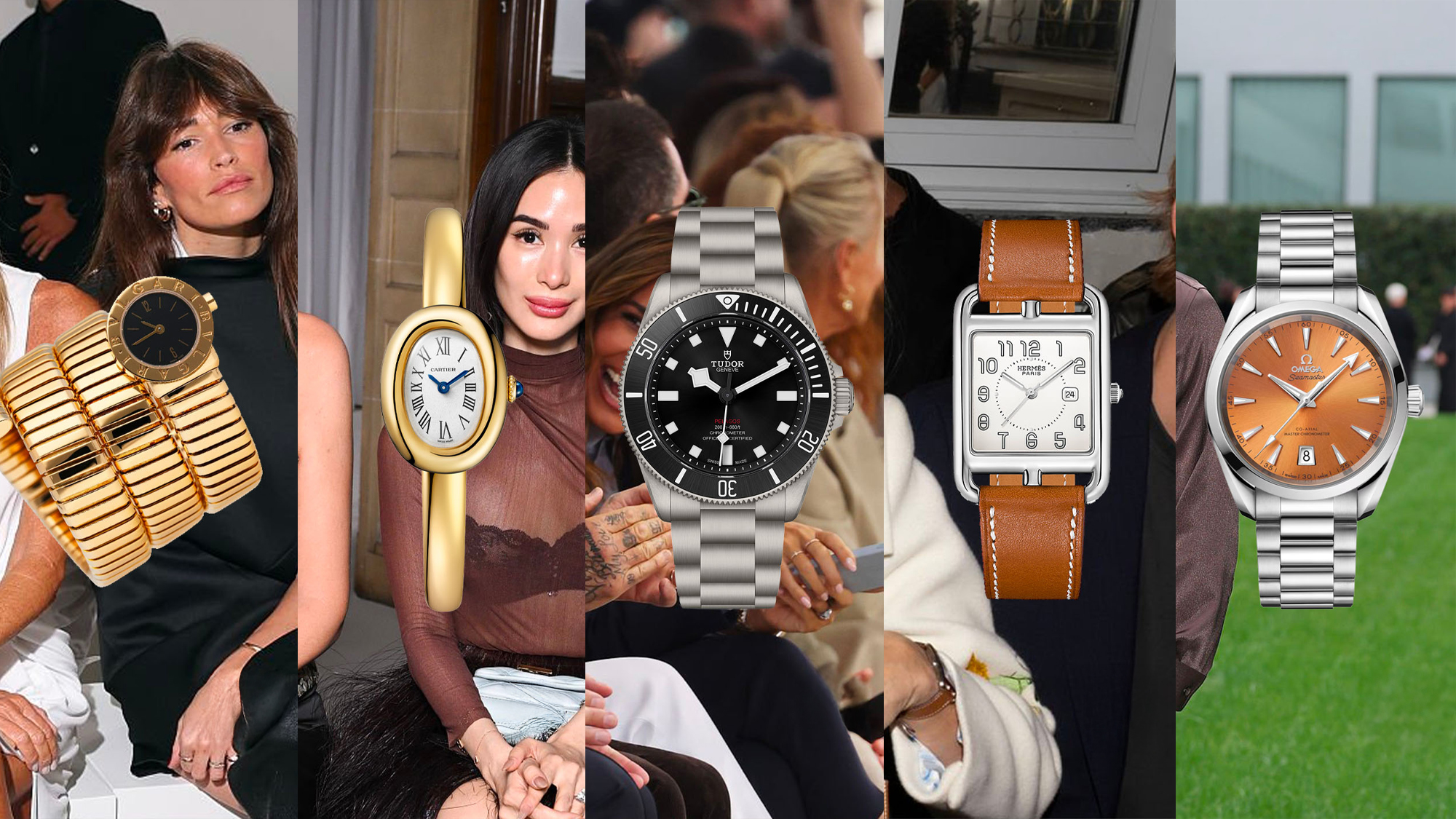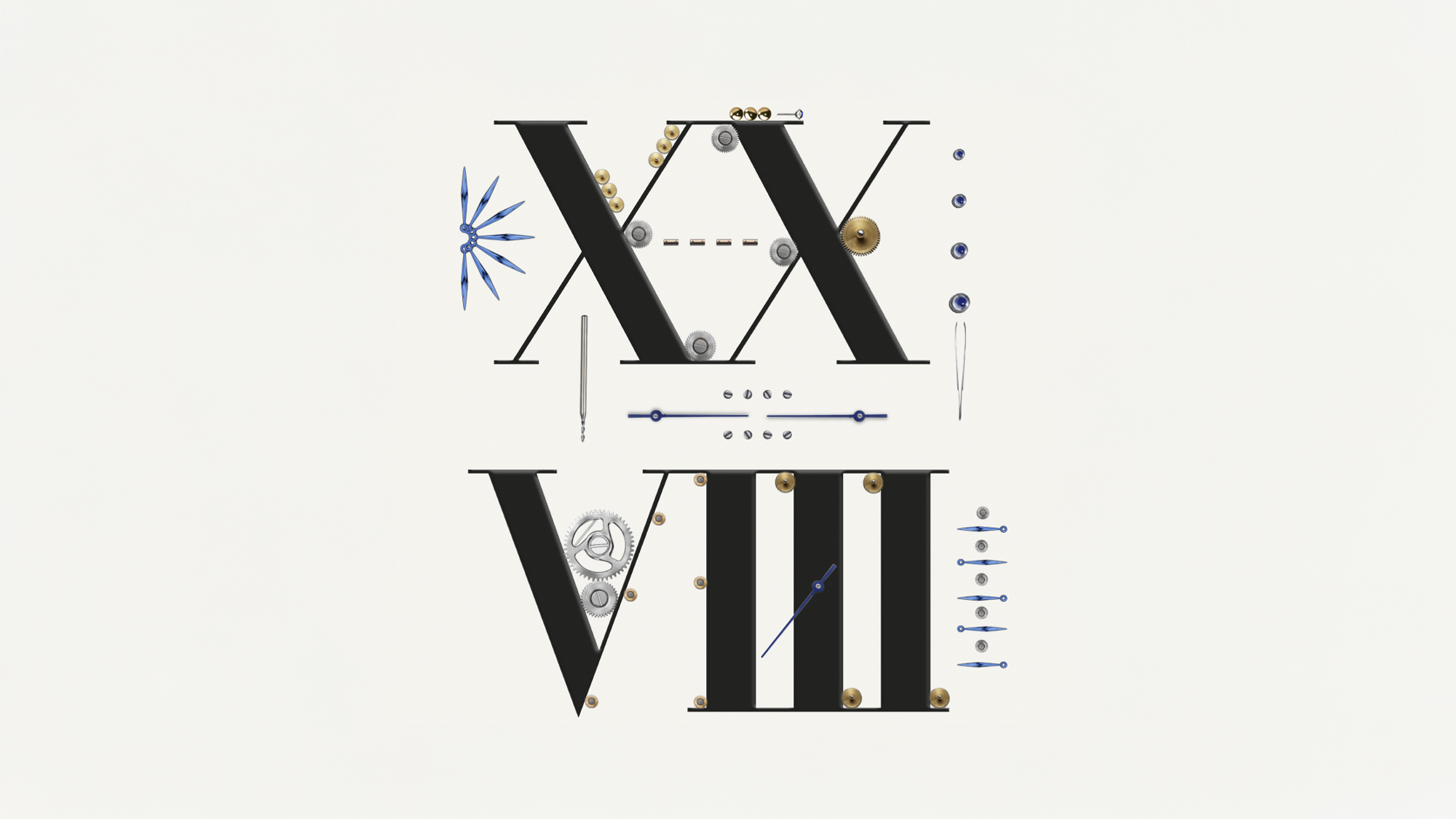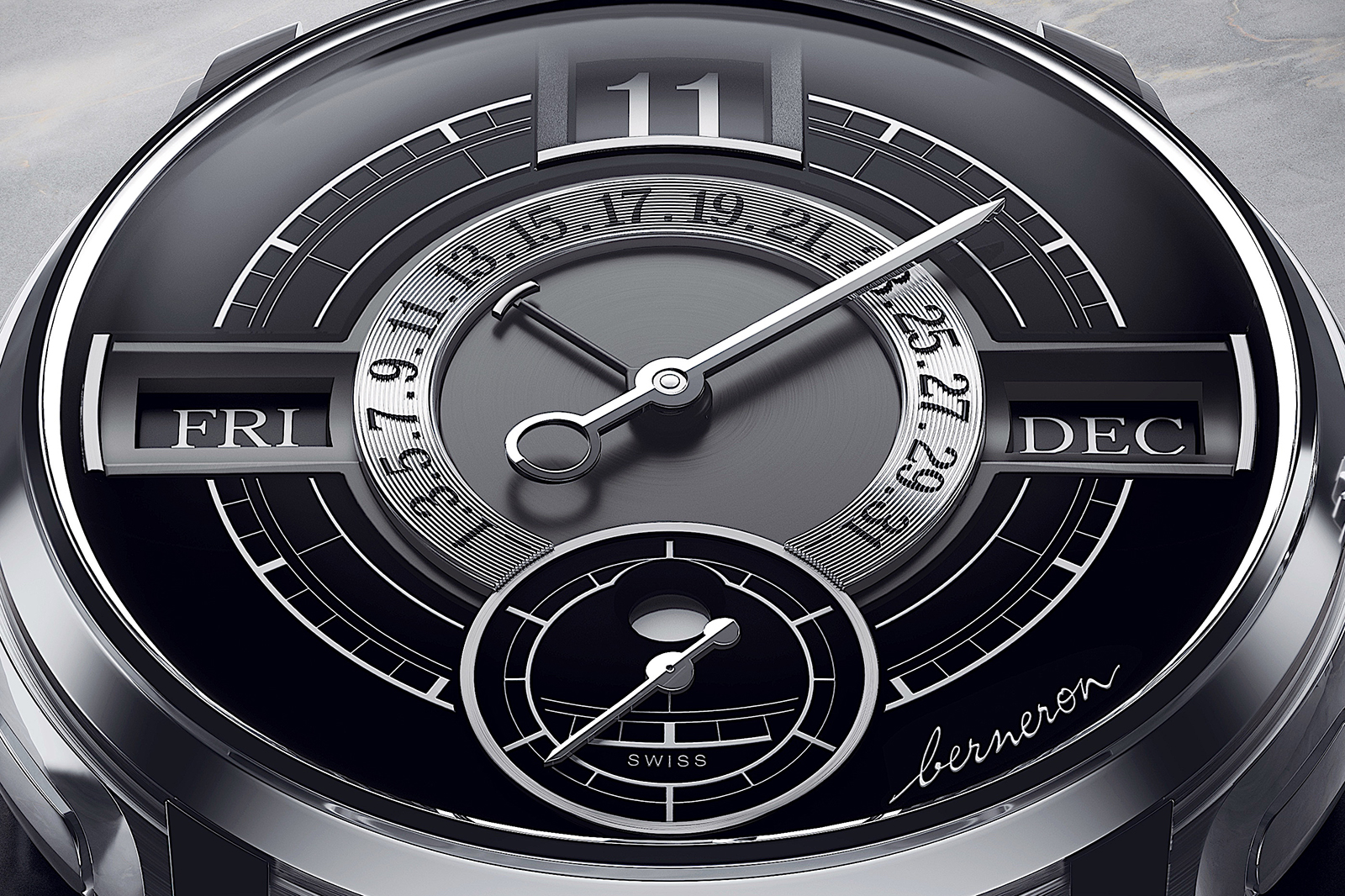When Jaeger-LeCoultre introduced the Master Control collection in 1992, the desire was to combine the classic elegance and restraint of 1950s round watches with uncompromising technical rigor, certified by their in-house “1000 Hours Control” program.
The collection’s very name comes from this certification-a process that involves extensive testing of both the prototype and the finished piece, evaluating chronometry, resistance to shocks and magnetic fields, as well as durability under environmental and chemical conditions. Each watch, as one can easily imagine, is tested individually, confirming the Maison’s reputation for reliability.
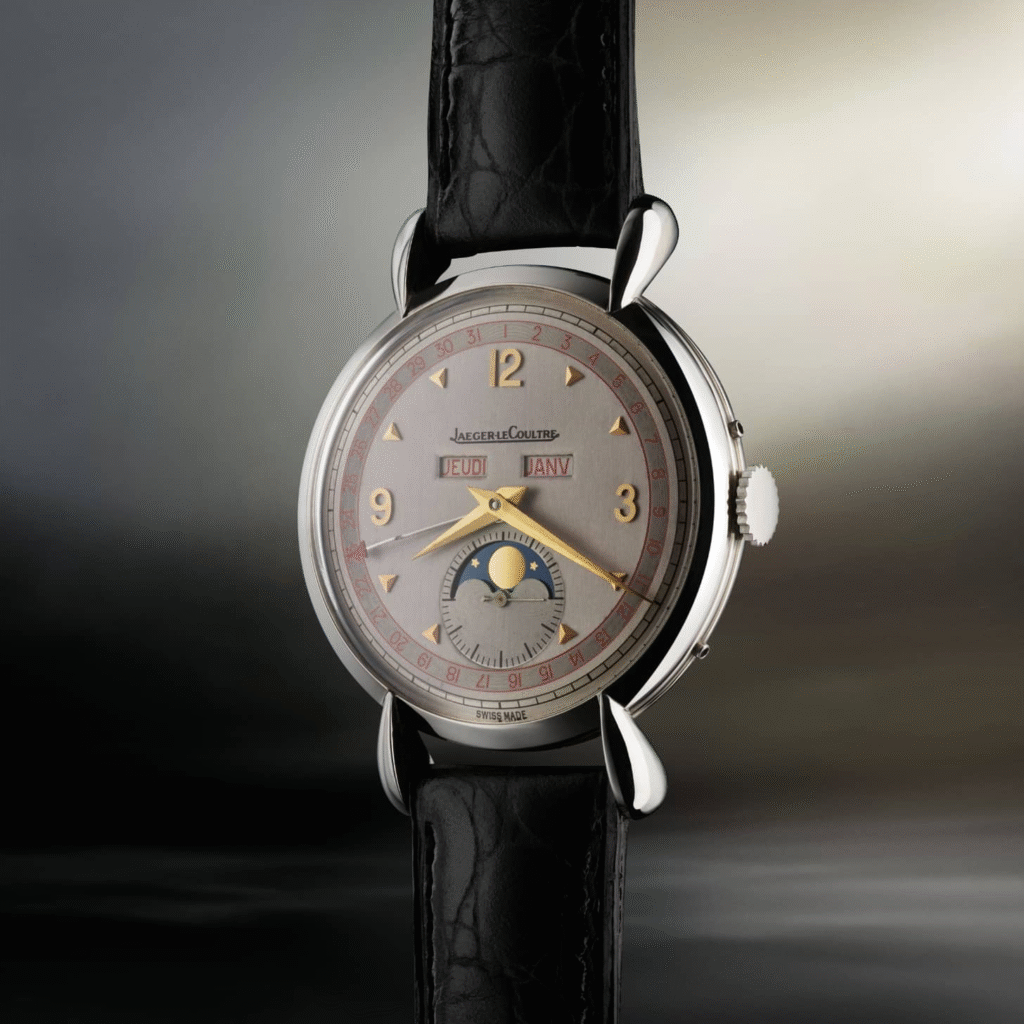
Jaeger-LeCoultre “Triple Calendar” 1940s
The triple calendar, introduced by Jaeger-LeCoultre in 2020, draws inspiration from the calibers of the 1940s, a time when precision and legibility were prerequisites for a high-end timepiece. The original versions featured silvery-white dials with faceted Dauphine hands, triangular hour markers alternating with Arabic numerals, and a diameter of 40 mm – understated, elegant, almost austere.
In later years, some editions experimented with a sportier approach, introducing an interchangeable stainless steel bracelet or a blue dial, which, however, compromised readability to some extent.
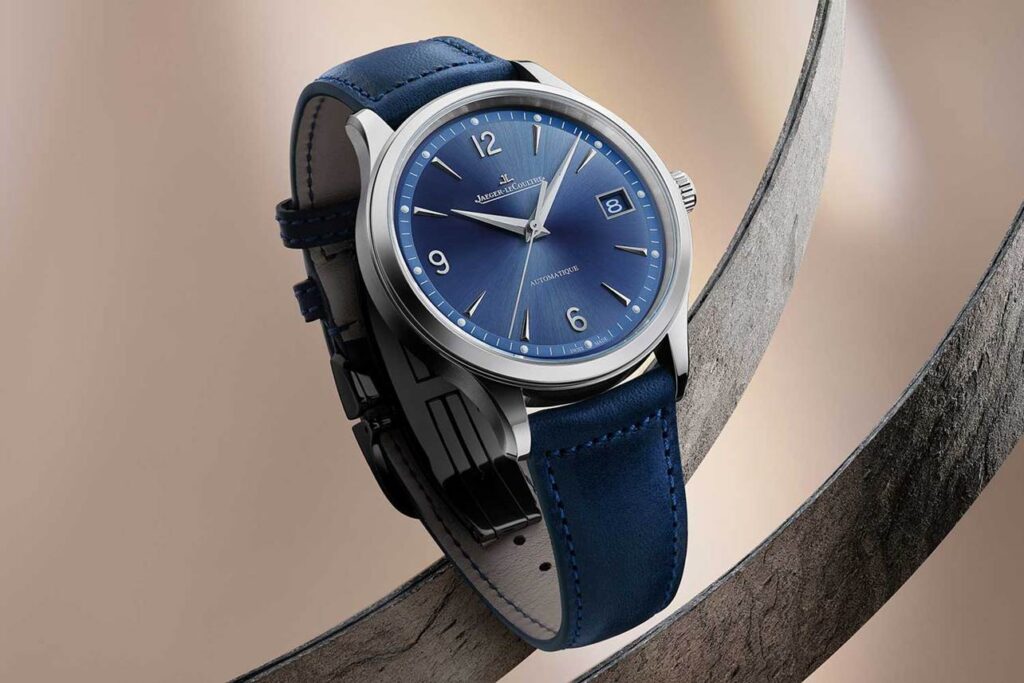
Master Control Date Ref. Q4018480
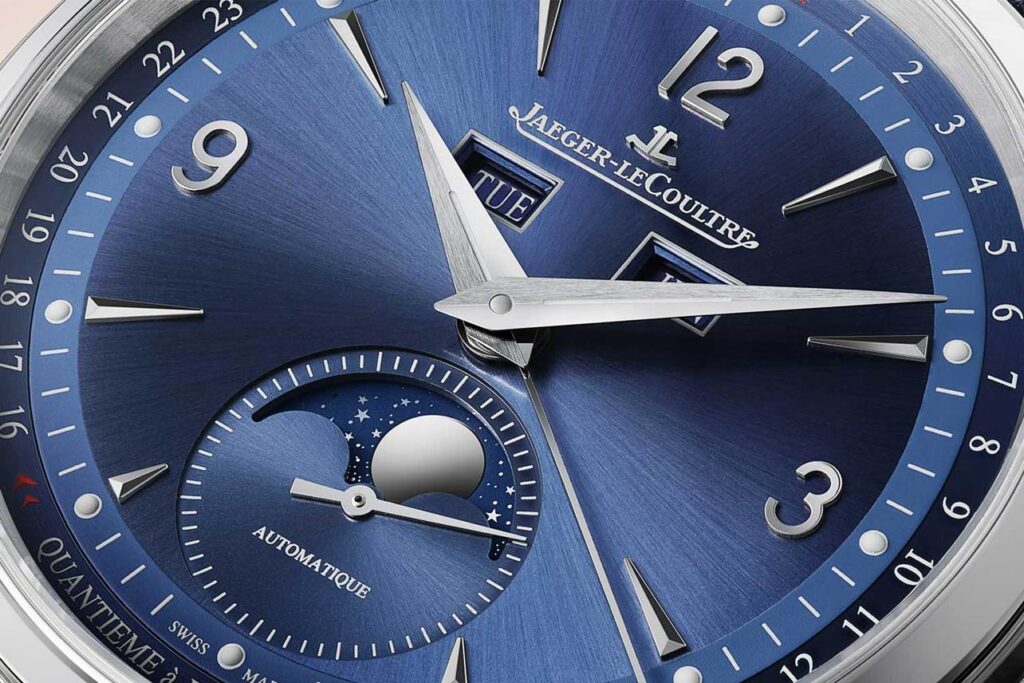
Master Control Calendar Ref. Q4148480
The New Sector Grené Dial
This year’s Master Control Calendar introduces a sector dial, inspired by the popular models of the 1930s and 1940s. Prior to this update, the range featured only plain, monochrome dials.
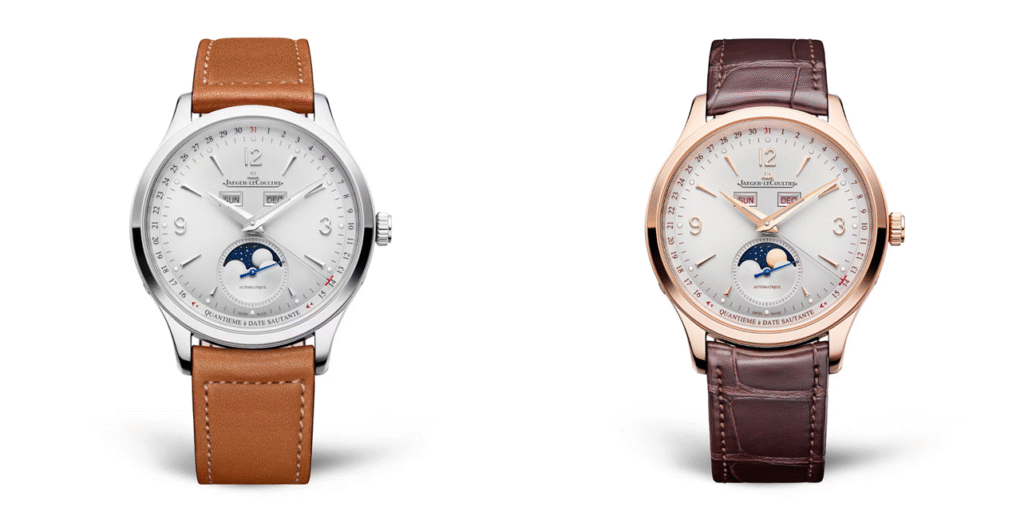
The new version breaks with this tradition: the satin-finished grené surface, combined with a two-tone light and dark gray palette, lends depth and personality to the timepiece, which seems to return the glare of moonlight in the fine grain, reminiscent of the Art Deco aesthetic for which Jaeger-LeCoultre is famous.
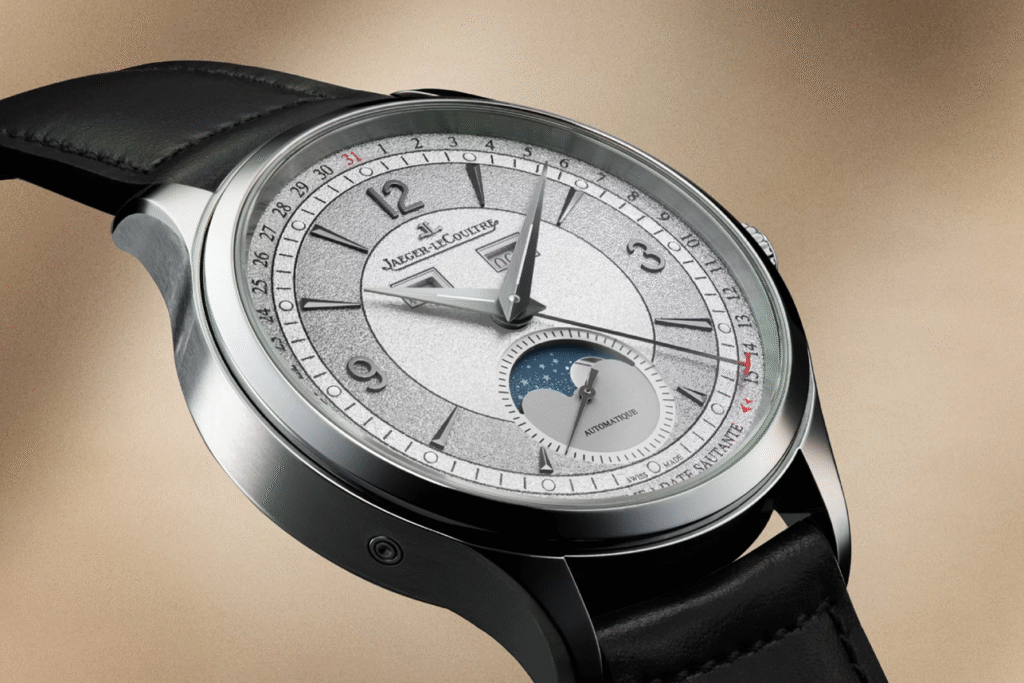
The two-tone alternation helps clearly distinguish the various sectors of the layout, which retains all the functionality of the triple calendar: day, date, month, and moon phase. The upper part of the dial houses day and month windows, the lower part, at 6 o’clock, the
The date display is peripheral, with a red-tipped hand and a jump indicator between 15 and 16, announced with the capital Quantieme à date sautante inscription interposed between red guillemets . An addition that is worth explaining: when the hand reaches 15, the mechanism prepares a quick jump that brings it to 16 without overlapping with the moon phases. This solution, technical and unobtrusive, shows JLC’s attention to readability and functionality and in its desire to solve a practical problem common in traditional triple calendars.
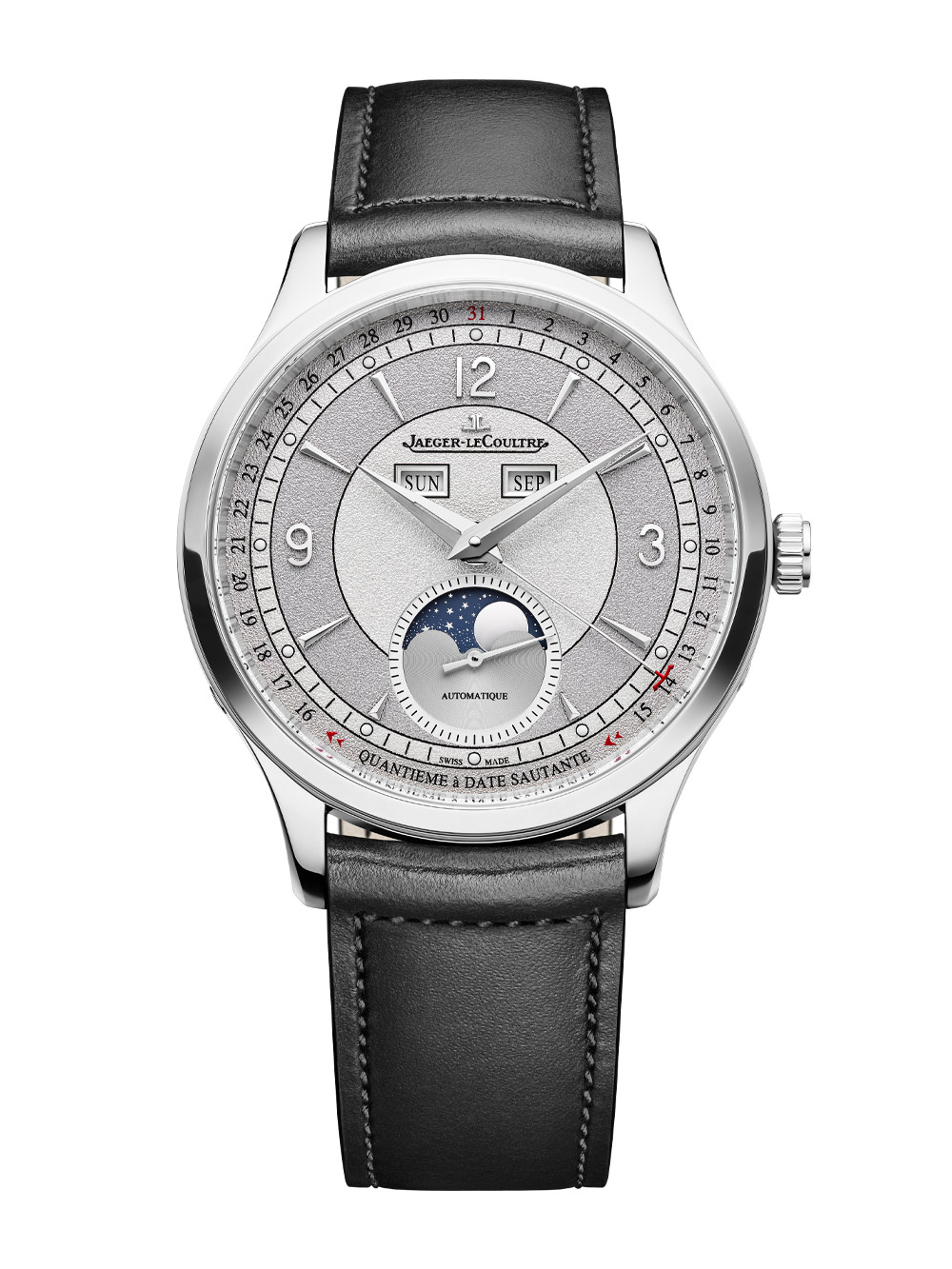
Beyond the new dial, the features remain those of the familiar (and beloved) version. The 40 mm by 10.95 mm steel case alternates polished and satin-finished surfaces, with discreet correctors, while the black calfskin strap with folding clasp completes the timepiece, preserving the aesthetic balance of the dial.
The 866 caliber
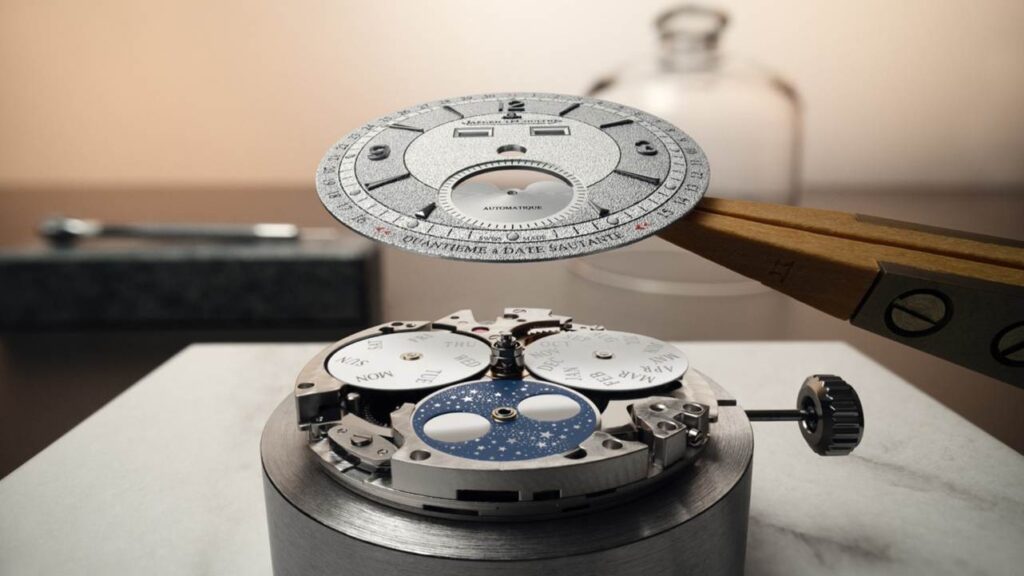
Inside the case beats the automatic caliber 866, a full calendar: it indicates day, date, and month but, unlike an annual calendar, requires manual correction at the end of each month with less than thirty-one days. A perpetual calendar, on the other hand, considers not only the alternation of 30 and 31 days, but independently handles the complexity of the month of February, including leap years.
This in-house developed movement features a silicon escapement, 28,800 A/h frequency, and 70 hours of power reserve. Naturally certified according to the
The Master Control Calendar is produced in a limited edition of 500 pieces, with a list price of 16,400 euros. A solid and refined proposition in the panorama of haute horlogerie triple calendars, it is ideal for those seeking aesthetic balance, clarity and precision in a watch that is discreet yet full of sophisticated details.
Visit our Youtube channel to experience the best of the world of watchmaking firsthand.
For all real-time updates follow us on Instagram.

